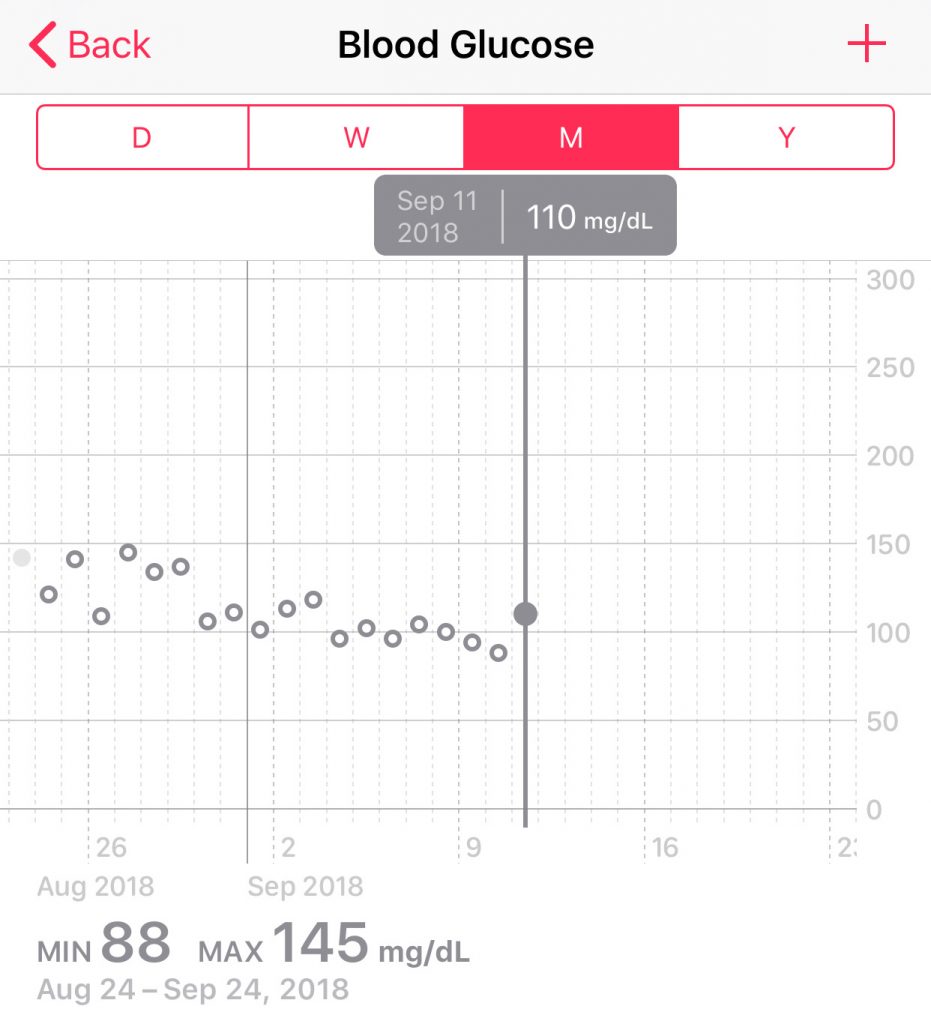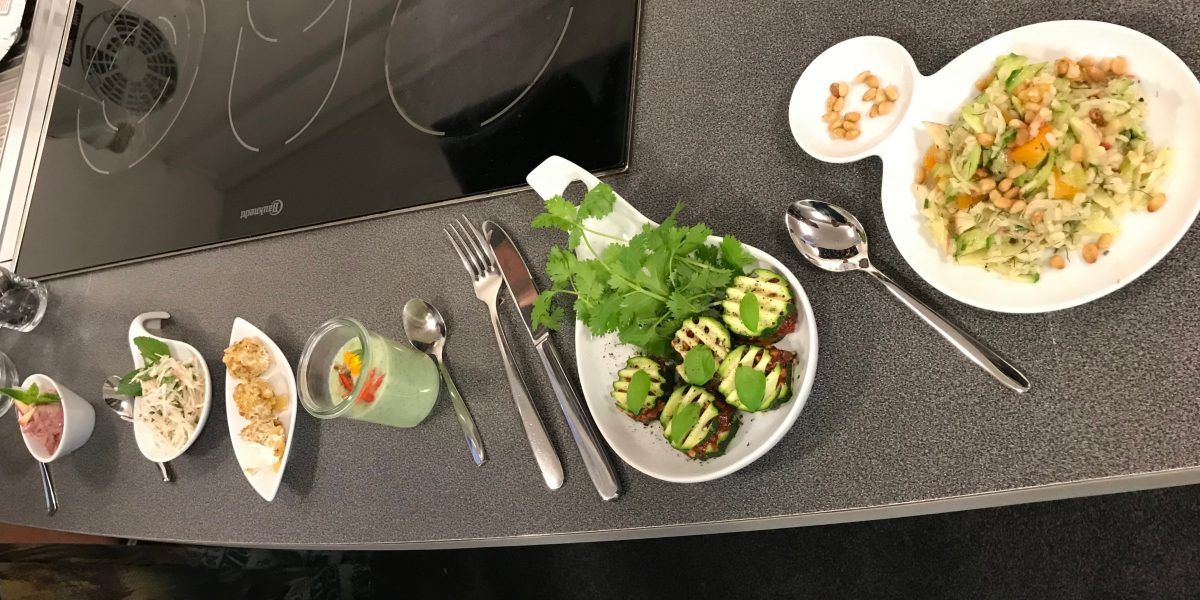Writing this on Day 22 of “fasting.” (I put “fasting” in quotation marks because of the small number of calories we actually do get to consume. This is really more a “fasting mimicking diet” than true fasting.)
Today we break the fast, so I had my final weigh in before we start chewing again!
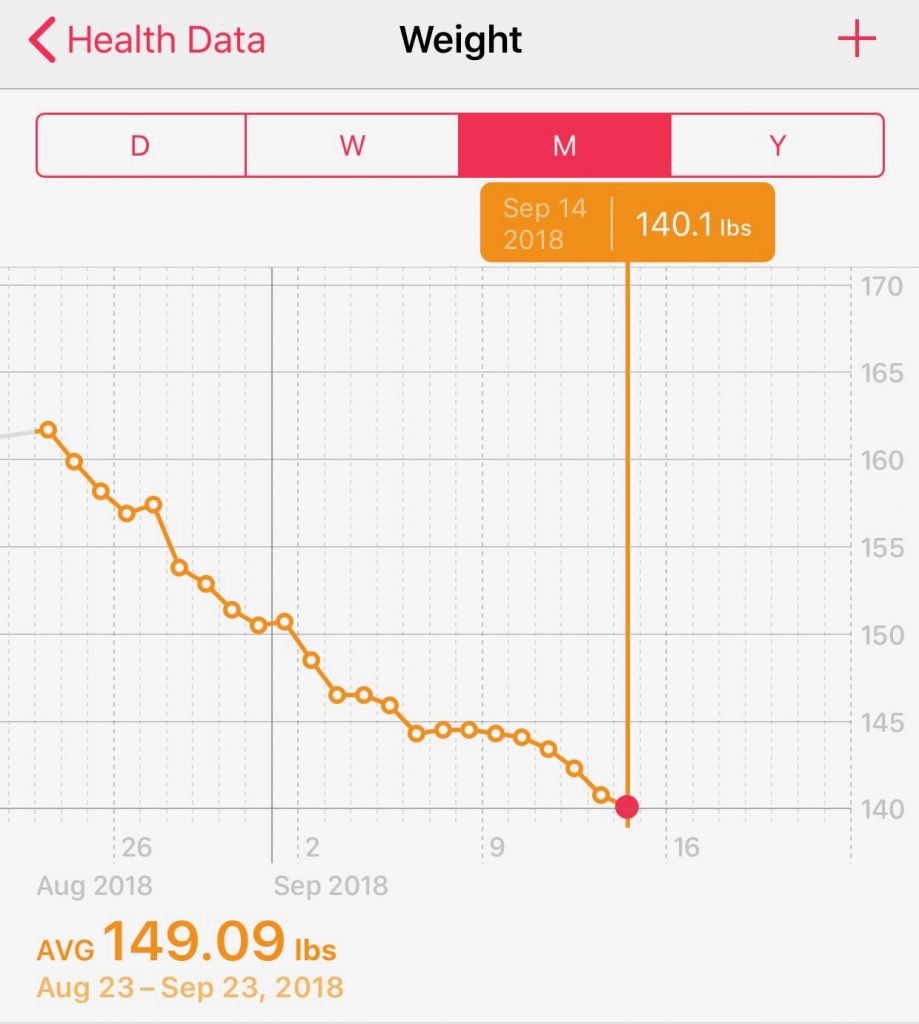
I am down over 20 lbs (actually 9.8kg or 21.6 lbs) from my starting weight at 161.7 lbs to 140.1 lbs today. At 5’10”, I started at a BMI of 23.2 and am now at 20.1.
From day 3 on, we were expected to lose 200g-300g of fat per day, meaning only about 6kg of 9.8kg is fat loss.
The rest was water, bacteria and other tissue (excreted through enemas!), and, yes, some muscle!
At the beginning, we were told not to fret muscle loss (even heart muscle loss), as it will come back. For example, migratory birds lose muscle mass on every journey and rebuild it as they stop to refuel.
My aim here was to target loss of fat in and around my liver and pancreas, which I believe is causing the “signaling” issue associated with my high blood sugars and high blood pressure. For the last 10 days or so, through extended fasting and the absence of drugs, I’ve been living at the “altitude” of a normal person without metabolic syndrome, with morning blood sugars hovering around 100, and blood pressure at 120/80.
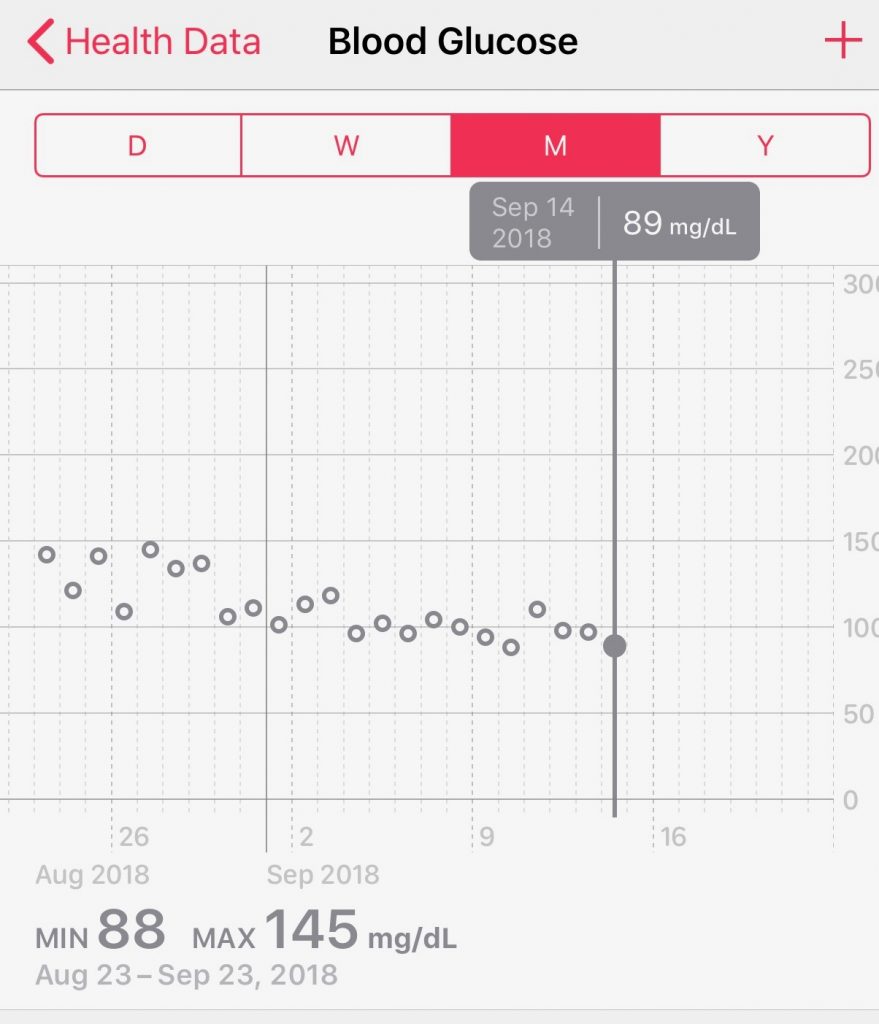
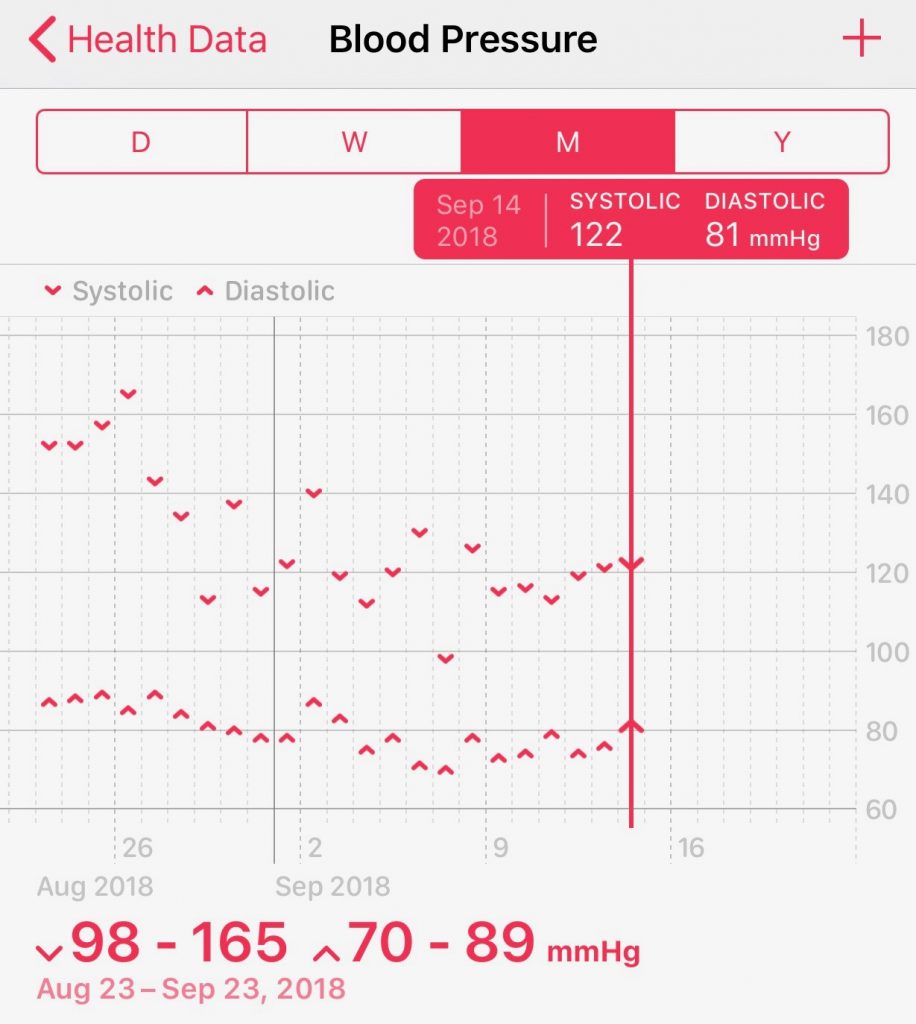
We will have to see how things go as I start chewing again. For now, the focus is on the right nutrition to replenish healthy cells into my system!
Results from morning nurse visits on Days 20-22
- Blood pressure: 119/74, 121/76, 122/81 (Overall good!)
- Blood sugar: 98, 97, 98 (3 days in a row below 100!))
- Weight: 64.7 kg (142.3 lb), 64.0 kg (140.8 lb), 63.7 kg (140.1 lb)


